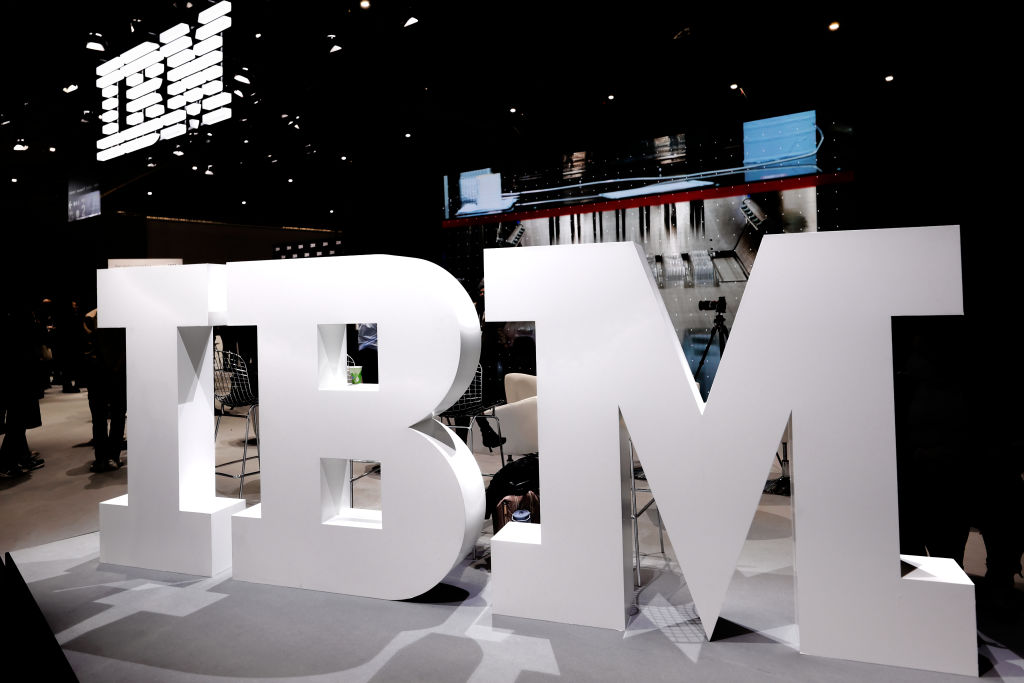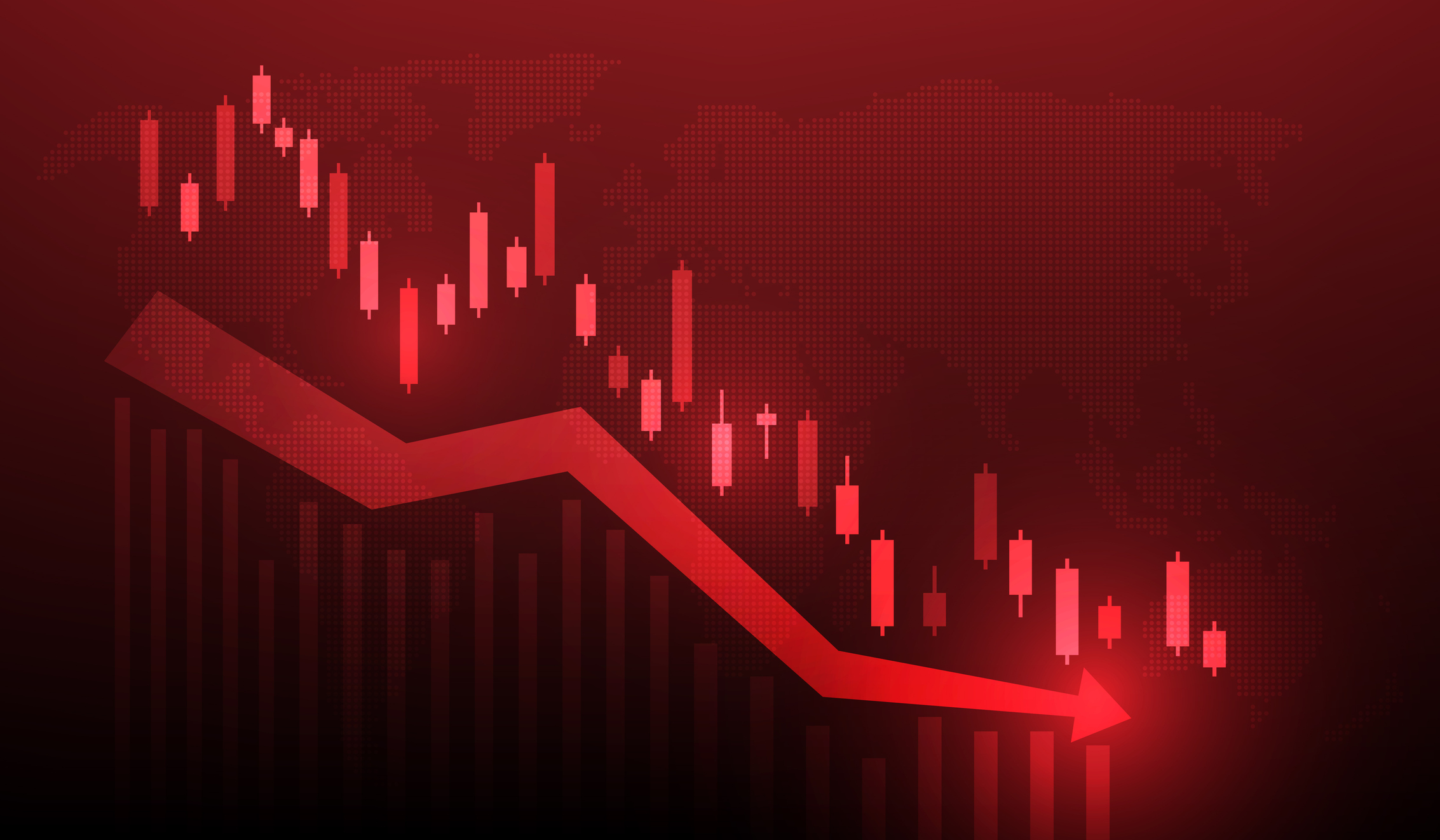October Is a Spooky Month for Stocks
Market crashes from decades ago come back to haunt investors’ thoughts every time the leaves start turning.


James Stack is a market historian, investment adviser and president of InvesTech Research, an investment newsletter with its home on the shores of Whitefish Lake, Mont., a world away from Wall Street.
After October stock market crashes in 1929 and 1987 and the October 2008 meltdown during the financial crisis, Wall Street gets the jitters this time of year. Why do past “Shock-tobers” still cause fear? I also recall 1978 and 1979 having October mini-crashettes. But it was Black Monday in 1987 [when the Dow Jones industrial average fell 23%] that cemented October’s reputation as a bad month for investors. Ever since then, whenever October nears, it brings back fears.
Can fear make things worse? Psychology plays a big role in sudden and more-severe corrections. It goes back to the saying from boxer Mike Tyson: “Everyone has a plan until they get punched in the nose.” Every novice investor is buy-and-hold through thick and thin until the market starts falling more than they thought.
From just $107.88 $24.99 for Kiplinger Personal Finance
Be a smarter, better informed investor.

Sign up for Kiplinger’s Free Newsletters
Profit and prosper with the best of expert advice on investing, taxes, retirement, personal finance and more - straight to your e-mail.
Profit and prosper with the best of expert advice - straight to your e-mail.
What makes October so treacherous? The summer months heading into October tend to be low-volatility months, which often is a precursor to higher volatility. The lull creates a sense of complacency for investors who expect the market only to go up. When it starts going down and drops more than 10%, you end up with an unusually large number of investors suddenly heading for the exit.
It has been a quiet year on Wall Street. Should investors be worried? The largest pullback for the S&P 500 this year has been 4.2%, and there have been only three other years with drawdowns of 4.2% or less in the past 70 years. The average intra-year drop is 13.5%. It would be logical to anticipate a larger correction at some point between now and year-end, particularly with high valuations and a high degree of exuberance and public participation. But it doesn’t necessarily mean a crash is coming.
Do past crashes have things in common? Yes. Prior to crashes in October 1929 and 1987, you had very hostile monetary climates. Interest rates were rising rapidly. In the 90 days prior to Black Monday in 1987, rates went up 1.5 percentage points. We don’t have a hostile monetary climate now, although we could see the Fed take its foot off the gas in coming months. We wouldn’t have to see much of a change in Fed policy to create a bearish climate.
Are you more worried about a Fed misstep, COVID-19 or high stock valuations? I doubt that the residual effects of COVID are going to be severe enough to cause a market panic or crash. And overvaluation doesn’t cause a bear market, but it does raise the risks that when a bear does start it can become a larger one.
So, are rising rates the main threat? That’s the one dark cloud. It worries me because nobody expects it—the Fed said it won’t start raising rates until 2023. But if the Fed is backed into a corner by inflation pressures and starts talking about raising rates by year-end, it could create havoc on Wall Street. The stock market’s dependence on today’s record-low rates makes it the most interest-rate-sensitive market in history. Monetary policy is the wild card and by far the greatest risk.
What should investors do? I’d keep more dry powder as we go through a seasonally unfavorable period, and I’d look at November or December as a time to add to positions.
Profit and prosper with the best of Kiplinger's advice on investing, taxes, retirement, personal finance and much more. Delivered daily. Enter your email in the box and click Sign Me Up.

Adam Shell is a veteran financial journalist who covers retirement, personal finance, financial markets, and Wall Street. He has written for USA Today, Investor's Business Daily and other publications.
-
 What You Learn Becoming Your Mother's Financial Caregiver
What You Learn Becoming Your Mother's Financial CaregiverWriter and certified financial planner Beth Pinsker talks to Kiplinger about caring for her mother and her new book.
-
 I want to help pay for my grandkids' college. Should I make a lump-sum 529 plan contribution or spread funds out evenly through the years?
I want to help pay for my grandkids' college. Should I make a lump-sum 529 plan contribution or spread funds out evenly through the years?We asked a college savings professional and a financial planning expert for their advice.
-
 Stocks Close Out Strong Month With Solid Amazon Earnings: Stock Market Today
Stocks Close Out Strong Month With Solid Amazon Earnings: Stock Market TodayAmazon lifted its spending forecast as its artificial intelligence (AI) initiatives create "a massive opportunity."
-
 Stocks Sink with Meta, Microsoft: Stock Market Today
Stocks Sink with Meta, Microsoft: Stock Market TodayAlphabet was a bright light among the Magnificent 7 stocks today after the Google parent's quarterly revenue topped $100 billion for the first time.
-
 Dow, S&P 500 Slip on December Rate Cut Worries, Nvidia Boosts Nasdaq: Stock Market Today
Dow, S&P 500 Slip on December Rate Cut Worries, Nvidia Boosts Nasdaq: Stock Market TodayNvidia became the first company ever to boast a $5 trillion market cap, but it wasn't enough to lift the Dow and the S&P 500.
-
 Stocks Hit Fresh Highs Ahead of the Fed As Earnings Pump Optimism: Stock Market Today
Stocks Hit Fresh Highs Ahead of the Fed As Earnings Pump Optimism: Stock Market TodaySHW and UNH were two of the best Dow Jones stocks Tuesday, thanks to solid earnings reports, and MSFT closed with a $4 trillion market cap.
-
 US-China Trade Hopes Send Stocks to New Highs: Stock Market Today
US-China Trade Hopes Send Stocks to New Highs: Stock Market TodayApple and Microsoft are on track to join Nvidia in the $4 trillion market cap club.
-
 Dow Adds 472 Points After September CPI: Stock Market Today
Dow Adds 472 Points After September CPI: Stock Market TodayIBM and Advanced Micro Devices created tailwinds for the main indexes after scoring a major quantum-computing win.
-
 Honeywell Leads Dow Higher: Stock Market Today
Honeywell Leads Dow Higher: Stock Market TodayOil prices got a lift after the Treasury Department announced new sanctions on Russia's two largest oil companies.
-
 Dow Beats 334-Point Retreat on Tech Bite: Stock Market Today
Dow Beats 334-Point Retreat on Tech Bite: Stock Market TodayInvestors, traders and speculators wonder whether this remains a Magnificent 7 market and how long this AI-driven bull run will last.